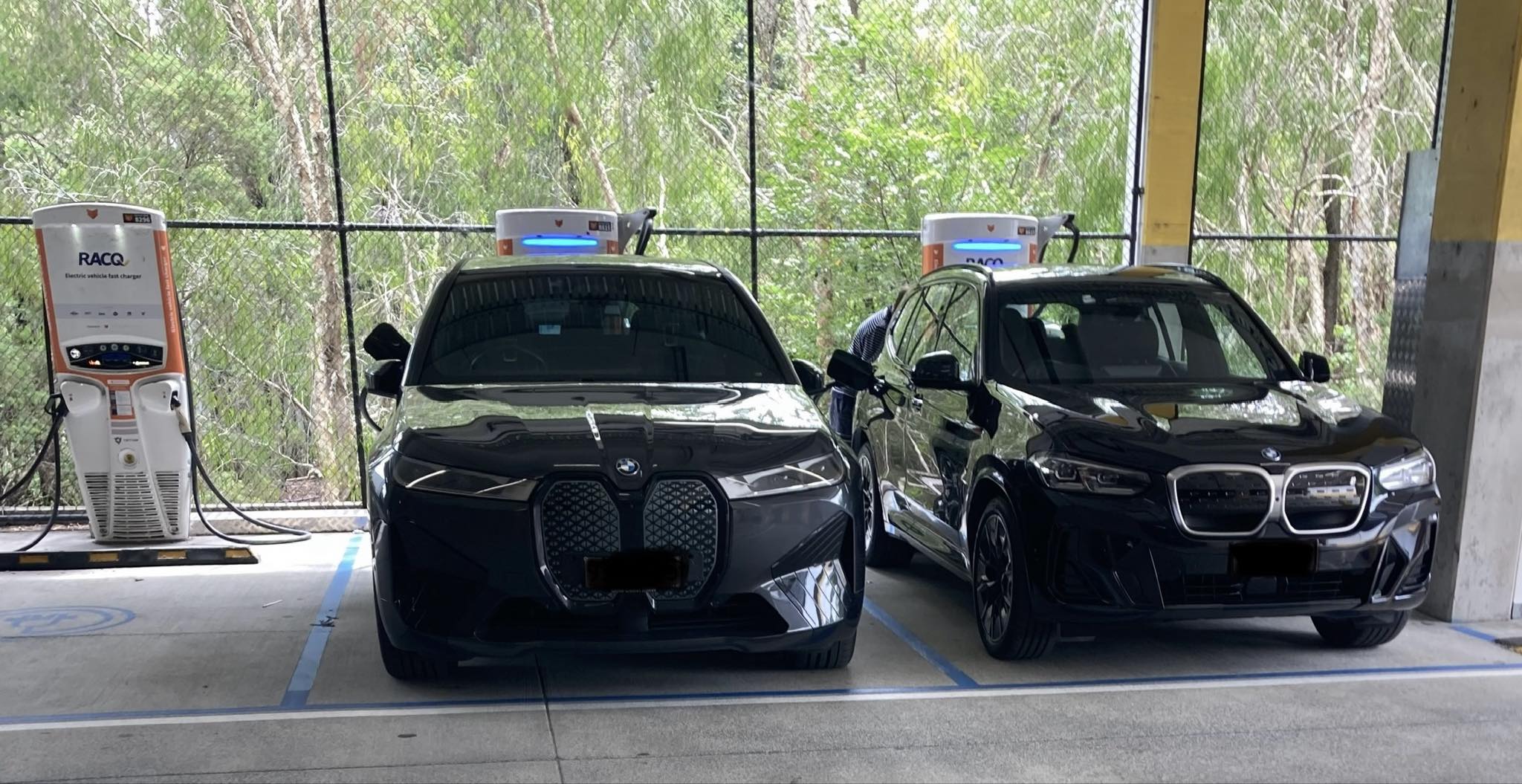New Zealand Passenger EV Penetration Just Under 10% in March 2024

Sign up for daily news updates from CleanTechnica on email. Or follow us on Google News!
The New Zealand passenger EV market has seen a rise from the doldrums of February, when it reached a low of 4.1% market share. Just below 10% of passenger vehicles sold in NZ in March came with a plug. Thus, the quarter’s average was at about 6% plugin vehicles. Put this in the context of 2023, though, when NZ averaged a penetration rate of 27%. Please note this figure is passenger cars only. The statistics on all light vehicles entering the NZ fleet is a little more sobering and reduces penetration to 4.7% when utes are included.
Is this the new normal in the New Zealand market? Again, we need to wait and see.
Pure petrol alone powered 3662 new vehicles sold (48%), plus an additional 2628 HEVs (35%), 569 diesel (8%), 477 BEVs (6%) and 225 PHEVs (3%). This out of a total of about 7,500. The overall market was down significantly from February, when over 18,000 light vehicles were sold, but was about the same as January. Many thanks to James at EVDB for access to the figures.
James tells us that in quarter 1, 2024, approximately 1100 new fully electric vehicles were registered. In the same quarter, there were 1800 Toyota RAV4 hybrids and 3204 Ford Rangers registered. Looks like we are back in 2021.

The top ten best selling battery electric vehicles in New Zealand in March 2024 were:
- Tesla Model 3 (125)
- Tesla Model Y (74)
- MG4 (42)
- VW ID.4 (28)
- BYD Dolphin (20)
- Seal (19)
- BMW iX (17)
- BMW i4 (13)
- Hyundai Ioniq 5 (12)
- KGM Torres (12)
A special mention goes to the KGM Torres, which had 12 sales on debut. But they could be dealer demos. Nevertheless, this SUV from SsangYong deserves our attention. Apparently, the ID 4 numbers were achieved due to heavy discounting.
The Ford Mustang Mach-E has dropped out of the top 10, with only 7 deliveries in March. The Kia EV9 had 6 deliveries, compared to 9 last month. BMW left the chart on February but is back now in March. Subaru sold two Solterras and Toyota one BZ4X. Of course, all of these ups and downs can be caused by shipping schedules, and so we need to keep a longer term focus. Having said that, Tesla, BYD, and MG are shaping up to be the mainstay of the New Zealand EV market. MG has now bumped Kia from the third spot on the podium.
The New Zealand electric car market is set to benefit from several new battery electric cars to be launched this year. These include the Nissan Ariya, the Chery Omoda E5 (from China), the Kia EV5, the VW ID Buzz, and the MINI Countryman. Hopefully the BYD Seagull will make it to NZ, possibly called the Dolphin Mini. The Seagull is a budget priced city car with massive appeal. It is the vehicle that has frightened Ford CEO Jim Farley.
Plugin hybrid electric vehicles are still selling well in New Zealand. The top sellers were:
- Mitsubishi Eclipse Cross (32)
- Mitsubishi Outlander (31)
- MINI Countryman (30)
- Mazda CX 60 (17)
- Land Rover Range Rover Sport (13)
- Land Rover Defender (12)
Toyota continues to dominate the sealed hybrid (HEV) market with over a 50% share and supplying almost 1500 units. This is almost twice as many as all plugin vehicle sales — is Toyota having an “I told you so” moment? Looking at the advanced markets of Scandinavia may mean that this moment will not last. Toyota fields 8 HEV models in NZ, led by the RAV4.
New Zealand has a robust used car import industry — 4% of light vehicles registered in March were used EVs. Nissan Leaf numbers halved month on month. One of the consequences of the significant presence of Nissan Leafs on New Zealand roads is the necessity to keep CHAdeMO chargers available and well maintained. With Japan’s EV penetration rate just over 2%, supply of used Nissan Leafs may not always be available. Perhaps we will see some Japanese Kei EV cars on New Zealand roads?
In the broader market: the Ford Ranger claimed the number one spot, with 1005 units sold in March, followed by the Toyota RAV4 (791 units) and the Mitsubishi Triton (681 units). Of the brands, Toyota was the market leader, with a 20.9% share, followed by Kia in second with 12.8% and Mitsubishi in third with 10.7%.
Trawling through the NZ EV Facebook page revealed an eclectic range of topics. New Zealand, like Australia, is expecting an influx of electric utes in 2024. Amongst the discussions about home chargers, public chargers, and the Road User tax, there were some amusing musings about the Geely Radar electric ute: If I swap my Ford Ranger for an electric ute, can I still drive it like a Neanderthal on meth? Tailgating should be easier without a “turbo lag,” and if you miss the noise, you can always have an external boombox installed. Sadly, they don’t come with a bottle of used oil — though, it shouldn’t be hard to find a supplier for that.
James of EVDB and I had a chat over email about the future prospects in the next six months for the EV market in New Zealand:
The next 6 months? I don’t think anyone’s game enough to predict (including me). The downturn has been deeper than I anticipated.
My belief is that Road User Charges (RUC) are having a significant impact. Up until now, these were levied on diesel vehicles. Petrol vehicles contributed to the roads via a petrol levy when people fuel up.
EVs have been exempt from RUCs until this point. While everyone agrees that all vehicles must contribute to road maintenance, the system is poorly considered.
If you own a Nissan Leaf (~1,600 kg kerb weight) you contribute $76 / 1000 km.
If you own a Toyota RAV4 GX petrol hybrid (1,695 kg) you contribute $33 / 1000 km
If you own a Ford Ranger Wildtrak diesel (2,341 kg) you contribute $76 / 1000 km.It effectively disincentives EV ownership.
With just one quarter of data post the removal of the NZ Clean Car Discount, and factoring in the introduction of the Road User Charge this month, it appears that there is some slight improvement. Have all the orders from December 2023 been filled? Will demand reach a new normal in quarter 2? Only time will tell, and we will watch the saga unfold. On a historical note, James shared a clipping from a December 2000 copy of the Daily Mail. The headline: “Internet ‘may be just a passing fad as millions give up on it’.” History may not repeat, but it does rhyme.

Have a tip for CleanTechnica? Want to advertise? Want to suggest a guest for our CleanTech Talk podcast? Contact us here.
Latest CleanTechnica TV Video
CleanTechnica uses affiliate links. See our policy here.
This post has been syndicated from a third-party source. View the original article here.




